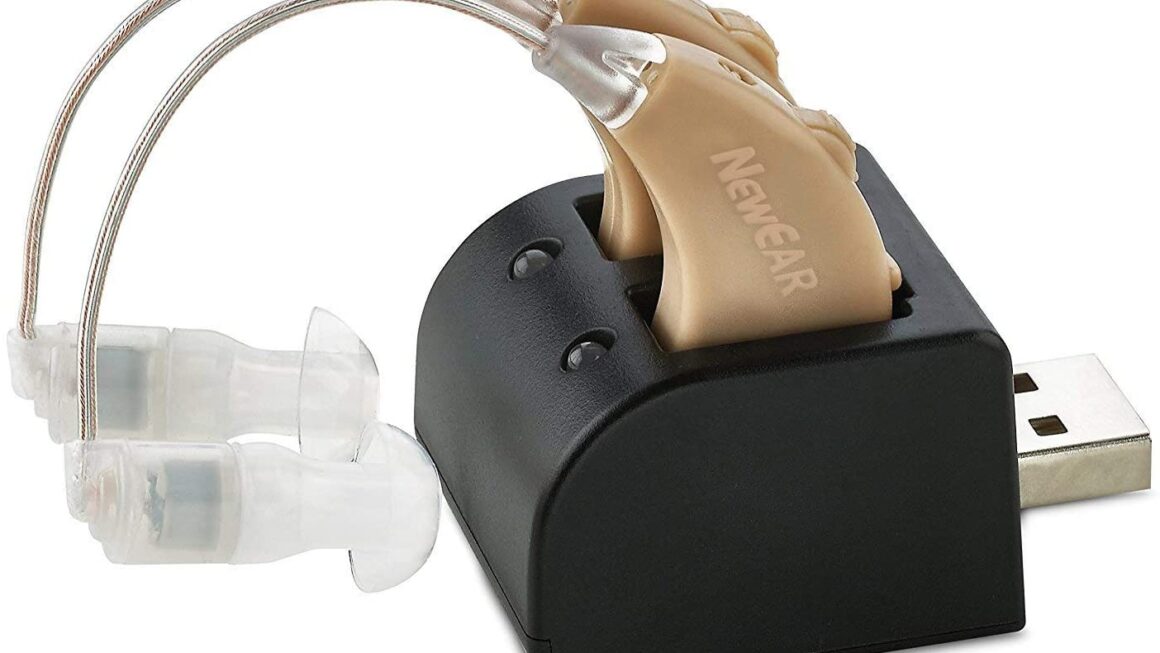Back pain is a common issue that can significantly impact your daily life and mobility. Seeking professional guidance from a physical therapist is crucial, but incorporating specific exercises into your routine can complement your treatment and help alleviate discomfort.
Physical activity is essential in everyday life for well-being. Modern lifestyle has reduced physical activity to a great extent. Physical activity therapist helps you understand the underlying reason for your back discomfort and provides specific daily exercises for your well-being.
Let’s explore nine effective backache exercises recommended by physical therapists. Remember, it’s essential to consult and take proper guidance from your healthcare provider before starting any new exercise program.
Pelvic Tilt
The pelvic tilt exercise targets the lower back muscles and helps improve their flexibility and strength.
Lie on your back with your knees bent. Feet flat on the floor. With a slight upward inclination of the pelvis, flatten your lower back against the floor. Hold for a short while, then let go.
Repeat this movement ten times.
Cat-Camel Stretch
The cat-camel stretch is an excellent exercise for improving spinal mobility and relieving tension in the back.
Begin on all fours, with your hands under your shoulders and knees under your hips. Arch your back upward like a cat, and then let it sag downward like a camel.
Repeat this movement ten times.
Bird Dog
The bird dog exercise targets the core muscles and helps stabilize the spine.
Start on all fours; the spine must be neutral. While simultaneously stretching your left leg backward, extend your right arm forward. Hold for a few seconds, then switch sides.
Repeat this exercise ten times on each side.
Bridge
The bridge exercise strengthens the glutes, hamstrings, and lower back muscles while improving hip stability.
First, lie on your back with your knees bent. Keep your feet flat on the floor. Lift your hips off the ground, creating a straight line from your knees to your shoulders. Hold for a few seconds and lower back down.
Repeat ten times.
Wall Sits
Wall sits are excellent for strengthening your lower back and leg muscles. Stand with your back against a wall and your feet hip-width apart. Slide your back down the wall until your knees are bent at a 90-degree angle. Try to hold this position for 30 seconds to 1 minute, then stand back up.
Repeat five times.
Hamstring Stretch
Tight hamstrings can contribute to backache, so stretching them is essential.
Lie on your back with one leg extended. Gently pull the other leg toward your chest with the help of a strap, keeping your knee slightly bent. Hold for 30 seconds and start with the other leg.
Stretch three times on each leg.
Seated Forward Bend
The seated forward bend helps stretch the muscles in your lower back and hamstrings.
Sit on the edge of a chair. Keep your feet flat on the floor. Slowly bend forward, and try reaching your hands toward your feet while keeping your back straight. Hold this form for 30 seconds before coming back to the starting position.
Repeat this stretch five times.
Side Plank
The side plank exercise targets the core muscles, including the obliques and lower back, promoting stability and balance.
Lie on your side. Your forearm should be on the ground while you lay on your side. Maintain a straight elbow beneath your shoulder. Take your hips off the floor. From your head to your feet, try to maintain a straight line.
Hold 30 seconds on each side.
Pelvic Clocks
Pelvic clocks are beneficial for improving pelvic mobility and strengthening the core muscles.
Lie on your back with your knees bent. Put your feet flat on the floor. Suppose the center of a clock is your pelvis. Slowly tilt your pelvis clockwise, then switch to a counterclockwise motion.
Repeat this exercise five times in each direction.
Who Should Refrain from Doing These Exercises
- Individuals with recent back injuries should consult a healthcare provider before exercising.
- Severe or debilitating back discomfort requires guidance from a healthcare professional before engaging in exercises.
- Those with specific spinal conditions (herniated discs, spinal stenosis, spondylolisthesis) should exercise caution and seek professional advice.
- Individuals with osteoporosis or low bone density should consult a healthcare professional before attempting exercises involving bending, twisting, or heavy impact.
- Pregnant women should consult their healthcare provider or a prenatal specialist for guidance on safe exercises.
- People with chronic health conditions (heart disease, high blood pressure, diabetes) should consult their healthcare provider before starting an exercise program.
- Always listen to your body; if you experience increased pain or discomfort, stop immediately and consult a healthcare professional.
Incorporating these ten back pain exercises into your physical therapy routine can help relieve discomfort, increase flexibility, and strengthen the muscles supporting your spine.
Always perform these exercises correctly and consult your physical therapist before starting any new exercise.
With consistency and patience, you can take significant steps towards overcoming back pain and regaining your quality of life.
3 expert tips to minimize chances of hurting your back
Many people spend a lot of time bending and lifting, whether working inside or outside the home. Everyday activities like picking up a file, sweeping the floor or even unloading stuff from a warehouse truck can very easily hurt your back. Most people don’t know this, but you can hurt your back as easily while picking up or reaching for something small as while lifting something heavy. Bending, lifting or reaching motions should be executed with proper posture and motion techniques. For something as common as lifting, physical therapists recommend three specific “lift postures.”
1. The squat lift.
This one is for lifting things that are large or bulky. To do this right, get as near to the object as you can, keep your feet one shoulder width apart, kneel, grab the object by wrapping your arms around it and now, to lift it, utilize the strength of your legs and stand up. Remember to keep the object close to your trunk so that your trunk can serve as a stabilizer.
2. The golfer’s lift
This one is for lifting smaller items that do not have a lot of weight to them, like a dropped coin. It doesn’t make sense to do a full squat lift for something as small as a dropped pen or a coin. So, instead of doing that, lean completely on one leg while bracing yourself with the other hand on a table, chair, or anything that can support you. After that, when you take up the object, make sure you bend straight from the hip and at the same time, allow the non-weight-bearing leg to lift a little bit off the ground.
3. The crane lift
This one is for heavier items that you can’t raise with a squat, such as a baby in a crib or groceries in a car trunk. Stand as close to the thing as you can, spread your knees to shoulder width. With your buttocks extended behind you, crouch at the hips. As you lift up, grab hold of the object and pull it as close to your body as you can. Remember to do it the same way while putting such an object down.
Combining biomagnetism with physical exercise therapy can provide a comprehensive approach to managing back pain. The use of magnets in biomagnetism may help balance energy while targeted exercises from physical therapy can improve flexibility, strength, and stability. Always consult with healthcare professionals to develop a safe and effective treatment plan. With consistency and guidance, these integrated approaches can help alleviate back pain and enhance your overall well-being.












